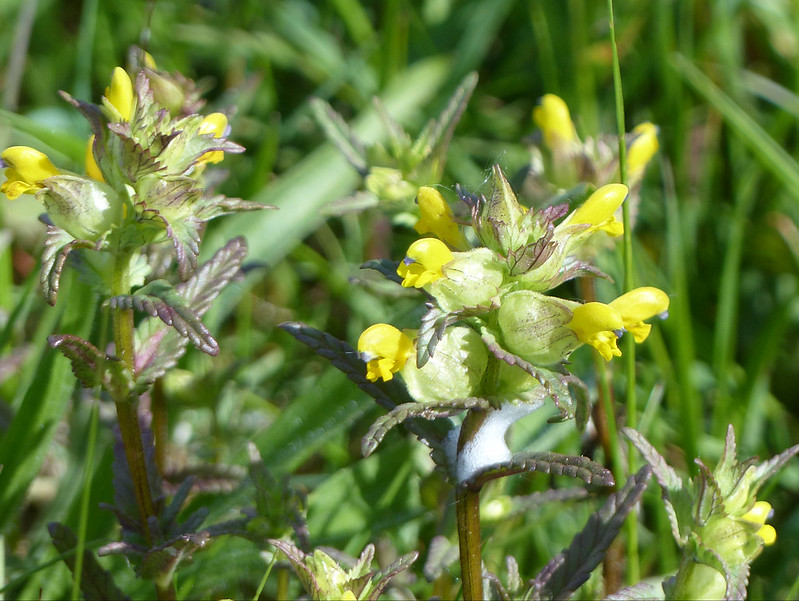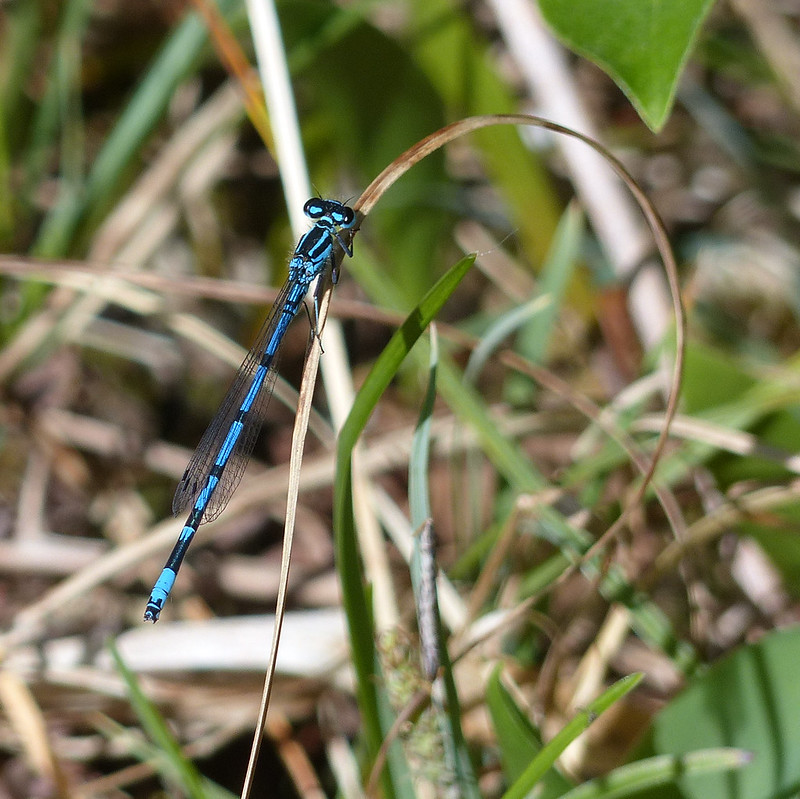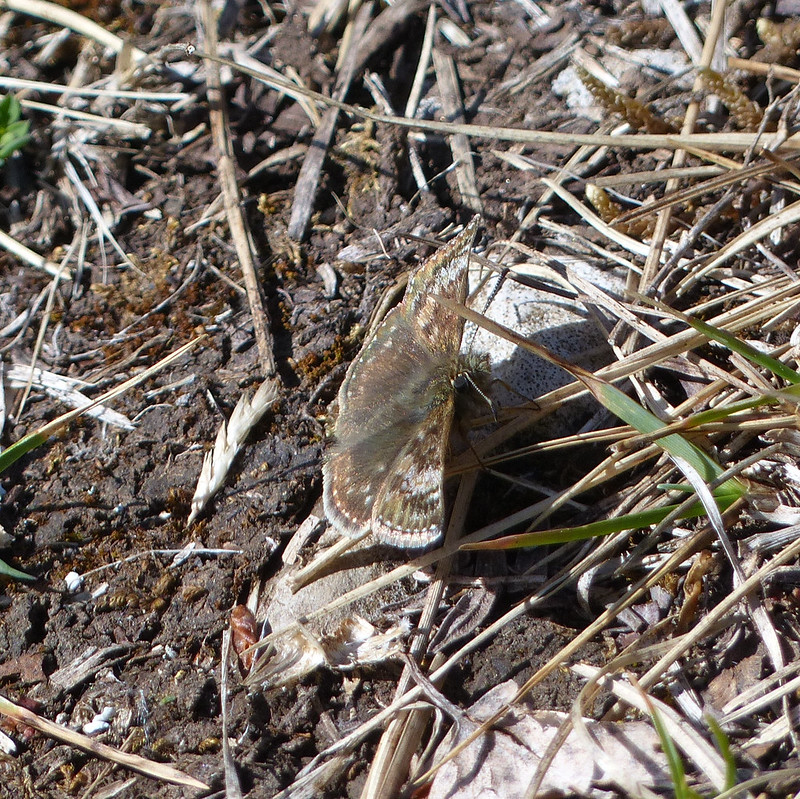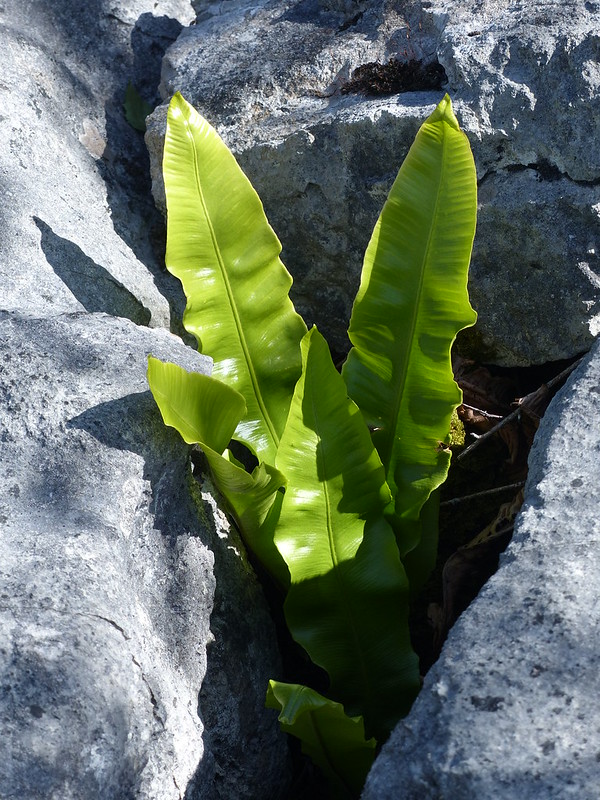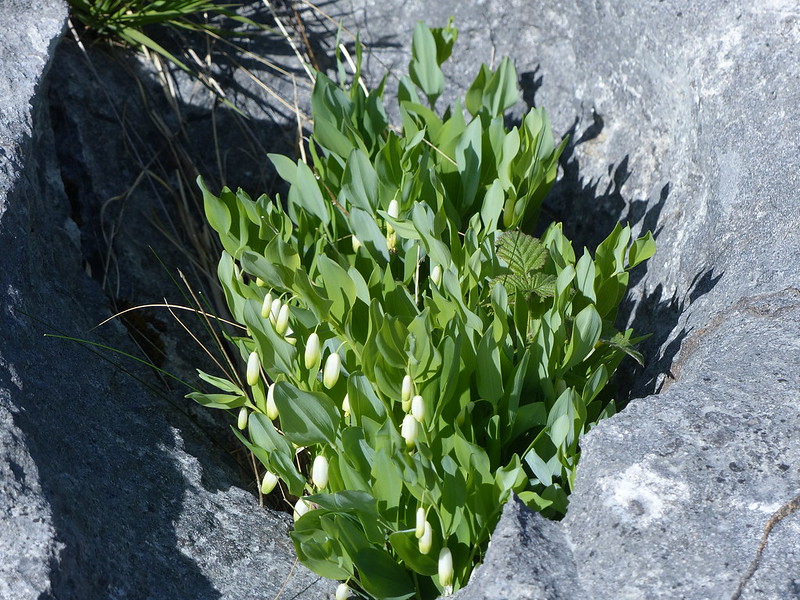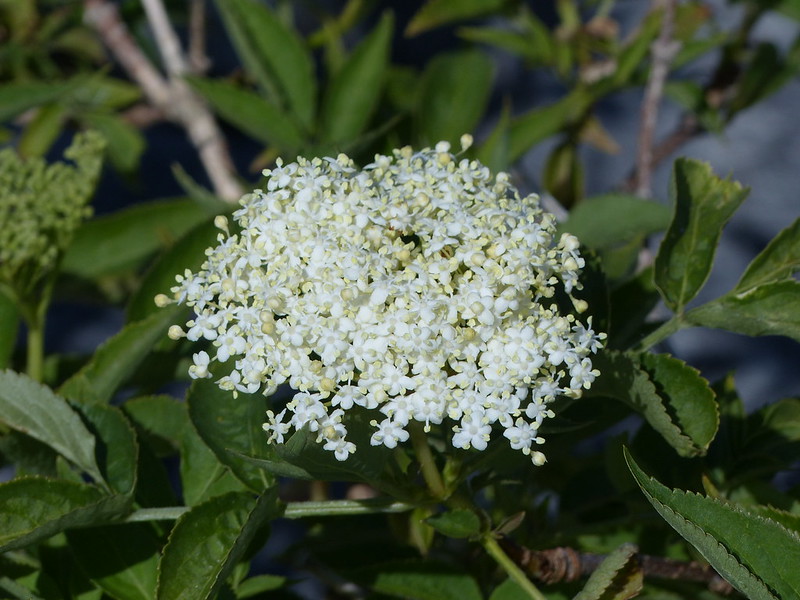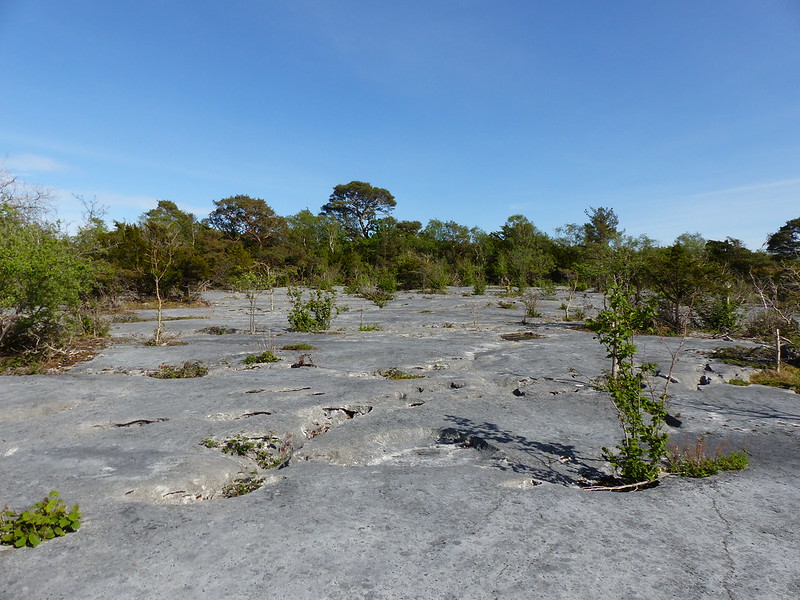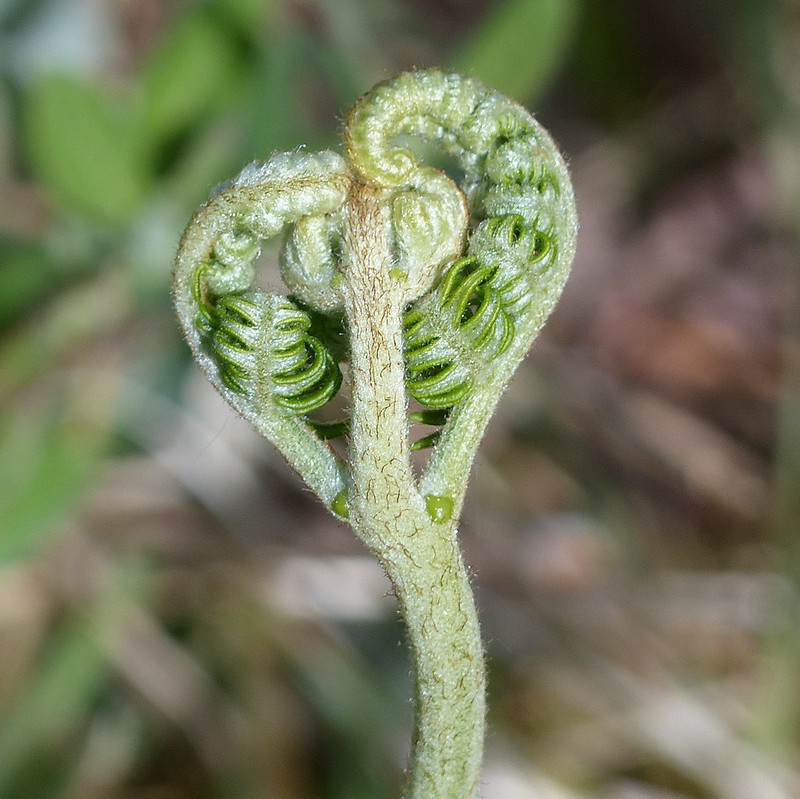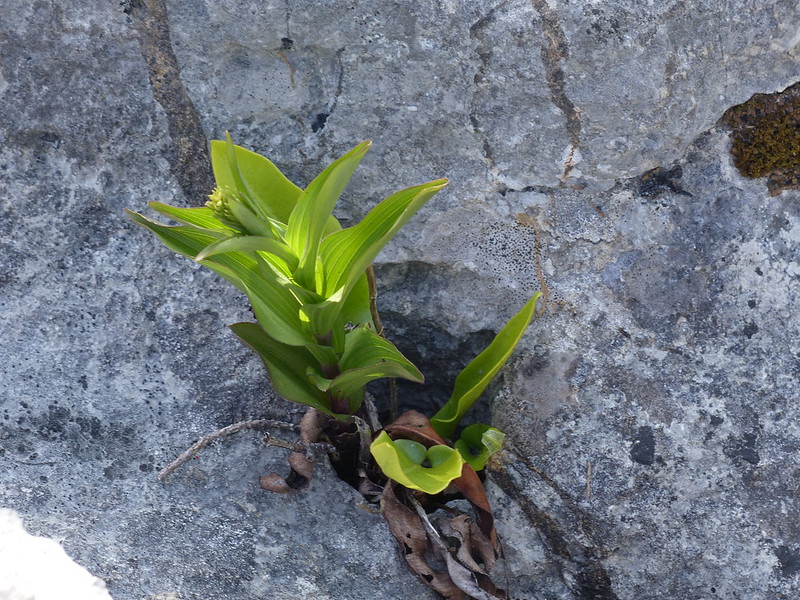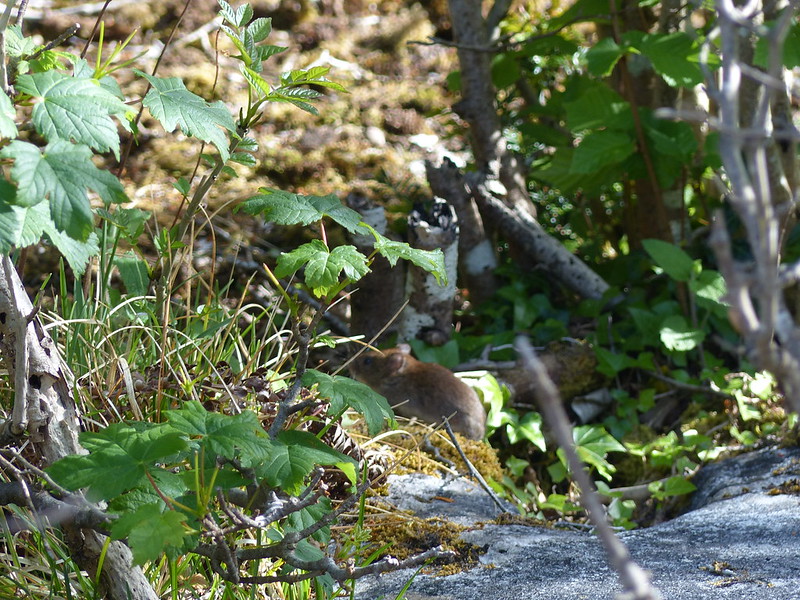Gait Barrows Meadow.
My obsession with the Bay was at least partially superseded by a similar compulsion to keep paying return trips to Gait Barrows; partly in an attempt to spot the rare butterflies which can be seen there, but in the summer Gait Barrows has plenty of other attractions.
Yellow rattle.
Limestone pavement.
Although there are some large open areas of limestone pavement, much of it is wooded and then there are other areas which are partially wooded. It’s quite easy to get a bit lost wandering around in this terrain, and also quite scratched as you forge a route through the generally thorny scrub between adjacent islands of open pavement. Great fun to explore though.
Azure damselfly.
Dingy skipper.
More limestone pavement.
I was looking for some particular plants known to grow in the grykes here, but I was also amazed by the sheer variety of plants which obviously thrive in this rather unpromising looking habitat. A wide selection of native trees and shrubs grow in the grykes and all sorts of flowers and ferns.
Hart’s tongue fern.
Although I was hoping for butterflies, what I was actually looking for was this…
Angular Solomon’s-seal.
Related to, but distinctly different from, Solomon’s-seal and rarer too. I hadn’t seen it before, but had seen photos the day before on Faceache, drawing attention to the fact that it was currently flowering in the grykes at Gait Barrows.
It’s an odd-name Solomon’s-seal isn’t it? I got to wondering what the connection might be between an Old Testament King (and poet) and this plant. My trusty ‘Reader’s Digest Field Guide to the Wild Flowers of Britain’, has this…
No one knows for certain why Solomon’s-seal is so called. One explanation is that the circular scars on the underground rooting stem, left by the withered flowering shoots of previous years, resemble document seals. Another theory is that the name arose because of the medicinal value of the plant in ‘sealing’ wounds and broken bones. A poultice made from its powdered roots has also been used to cure black eyes and other bruises. The biblical King Solomon himself was traditionally said to have approved this use.
Meanwhile the marvellous ‘Wildflower Finder’ website adds:
Quinine has been discovered only recently to be a secondary metabolite of several Solomons Seals.
So there’s another potential medicinal use, but I should warn you, if you’re worried about malaria, that metabolising Solomon’s-seals is not advised since the plant is toxic.
Elderflower.
A fortnight later, I remembered seeing elders in flower on the pavement at Gait barrows, but misremembered the details, so that when TBH wanted flowers to make cordial I was boasting that I knew where I could lay my hands on ‘loads’, a claim which transpired to be very wide of the mark. But more on that in a future post no doubt.
Yet more limestone pavement.
Dark red helleborine?
I’ve been fanatically returning, again and again, to three tiny plants which I think are dark red helleborine, trying to ensure that this year I actually see them when they are flowering, and not just after, which usually seems to be the case. Frustratingly, on each visit they don’t seem to have progressed at all, with no extra growth and no sign of flowers beyond a feathery stalk…
…which, to add insult to injury, something has eaten since I took these pictures.
Cinnabar moth.
This path, away from the way-marked nature trail around the nature reserve, is one I’ve wanted to explore for years, I don’t know what it was that made me feel emboldened to go and explore on this occasion. I found that the areas around the path were cordoned off with signs explaining that this was to protect the Duke of Burgundy butterflies during the breeding season. These were exactly the butterflies that I’d come looking for, but I didn’t see any on this or any subsequent visit.
A hoverfly – rhingia campestris. It’s not often I can identify a hoverfly with any degree of confidence, but this one has a prominent snout, just about visible in the photo.
Unfurling bracken.
Another dark red helleborine?
Rodent – field mouse?
Most unusual to see rodents wandering about in broad daylight, but this was the second I’d seen that day and in both cases they didn’t just disappear, but scampered about, dipping into holes, but then reappearing again shortly.
During recent visits to Gait Barrows, I’ve seen tawny owls flying in broad daylight on four occasions, including twice today. I’ve also heard the owls calling, all of which seems unusual. I was never fast enough to get even a sniff of a photo, but it was wonderful to see them anyway. I guess there’s a nest there’s somewhere.
Following on from my last post, and perhaps appropriately for a post which, even obliquely, references the raunchy ‘Song of Solomon’, some versions of ‘Whole Lotta Love’.
First, the original:
Readers of a certain age will remember the Top of the Pops theme, recorded by Collective Consciousness Society, I know I do.
Whisper it, but I’m not especially fond of Tina Turner’s slow-burn cover, but I do like The Dynamics’ reggae version:
The version I’ve listened to most, over the years, is this one…
…by King Curtis and the Kingpins. Marvellous, especially the last 45 seconds or so.
The vocal delivery and lyrics on this song…
‘You Need Loving’ by the Small Faces, ‘influenced’ Robert Plant and because it was a cover of Muddy Waters ‘You Need Love’…
…written by the inestimable Willie Dixon, Dixon eventually got a writing credit on “Whole Lotta Love’. If you’re gonna steal, steal from the best. Now…Willie Dixon songs…..

